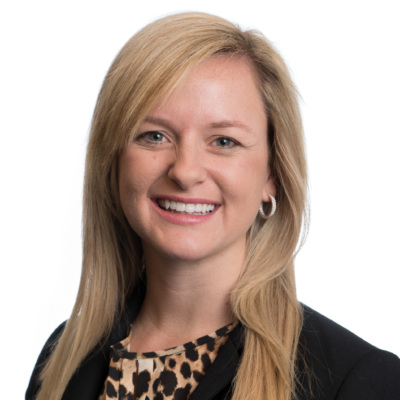Early Education is not One-Size-Fits-All: Addressing the Unique Needs of Dual Language Learners
By Stephanie Schmit and Hannah Matthews
More than one in four (27 percent) young children under age 6 in the United States have at least one parent who speaks a language other than English, and one in seven (14 percent) has at least one parent who is limited English proficient (LEP). Many of these children and some of their parents will learn English while learning or speaking another language. For early learning programs to fully reach their goals of supporting children’s growth, development, and school readiness, they must be intentional about meeting the educational needs of dual language learners (DLLs).
A recent report from the Migration Policy Institute identifies particular features of early learning programs that most effectively support DLLs. The report finds a few key elements that influence the quality of early education programs for DLLs including accessibility and affordability, language of instruction, instructional practices, assessment, teacher and classroom quality, and school-family partnerships. When these program and policy components are designed using the research available that supports the key elements necessary, high-quality programs for DLLs can produce positive outcomes for children. Some of these programs may already exist as evidenced by a recent comprehensive review of research on young Latino and Spanish-speaking children confirming that public programs like Head Start and public pre-k are helping DLLs make important academic gains.
Understanding the key elements that influence the success and development of participants and integrating them into policies and program design will ensure that children are able to grow, develop, and enter school ready to learn. The changing demographics of the young child population should spur new thinking in the design and implementation of early learning programs. We must ensure that DLLs are not just included, but optimally served, in high-quality early learning programs.
